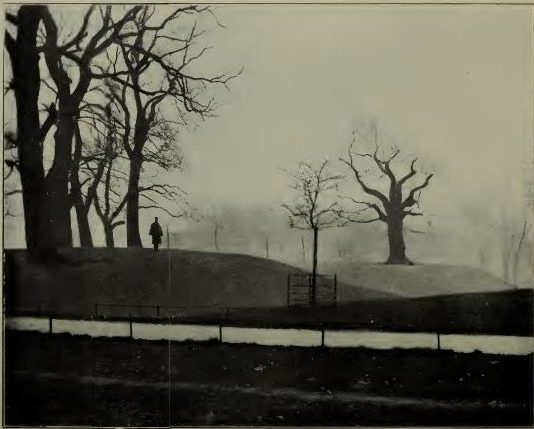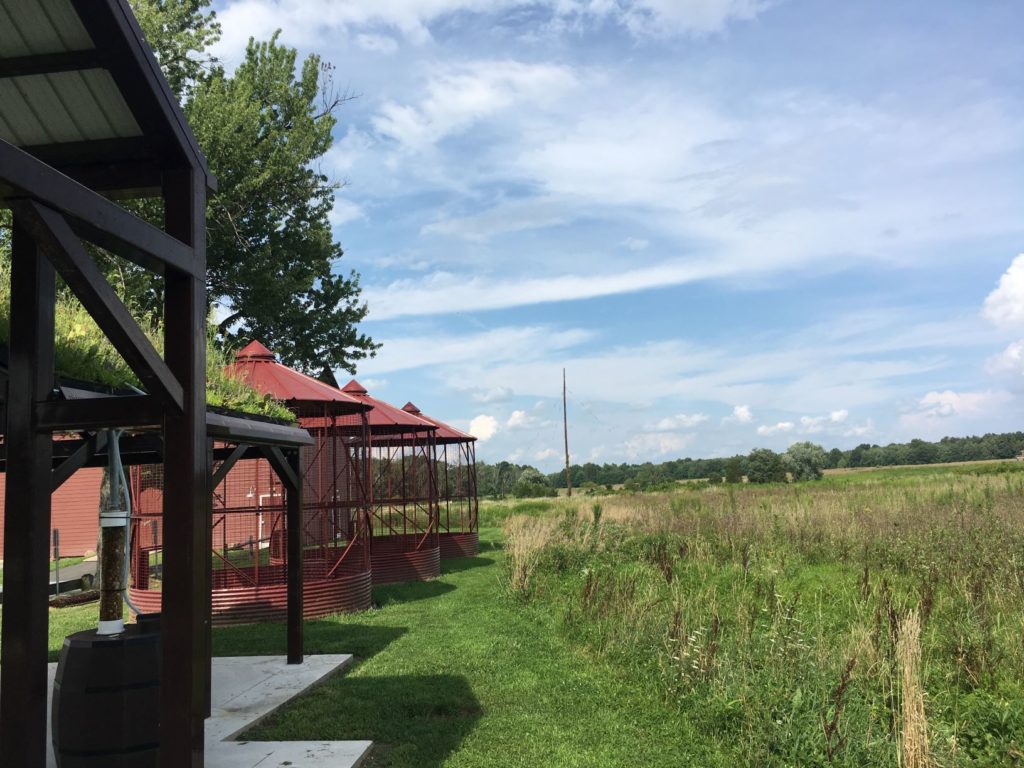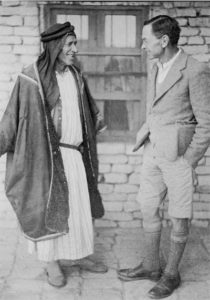Here’s the Time Team episode from 2000, when the team excavated the Roman site in Greenwich Park. Surprisingly, they don’t get into the whole camel controversy, in fact, I don’t think they mention bones at all.
Category: Archaeology
A Camel at Greenwich? Zooarchaeology and Negative Evidence for Camels in Roman Britain

T. Cregg Madrigal
©2018
Abstract
Reviews of the archaeological record of camels in Europe include one reported occurrence from a Roman site in Greenwich Park, England. Examination of the site reports and the surviving bones from the Greenwich Park site indicates that it is unlikely that camel remains were ever found there, and therefore there is no existing osteological evidence for camels in Roman-Britain.
Download a pdf version of this article from the Research page.
Did the Romans bring camels to Great Britain?
Neither the one-hump dromedary (Camelus dromedarius) nor the two-hump Bactrian camel (Camelus bactrianus) is native to Europe, but both species of camel were used by the Romans. Scattered remains of both species of camel, as well as hybrids of the two, have been reported in Roman-era archaeological sites in Europe, including a single site in Great Britain, at Greenwich Park near London (Applebaum 1987:514; Bond 2017; Green 2017; Pigière and Henrotay 2012; Webster 1902).
While most of the other camel finds in continental Europe are based on relatively recent analyses of actual osteological material, the Greenwich Park record is based on a report dating back to the very early twentieth century (Webster 1902). A review of the published reports and an examination of the surviving bones from this site cast doubt on the presence of camel at Greenwich Park.
Archaeological Finds in WWI Trenches
Discovery in the Western Front Trenches has accounts from World War I soldiers of archaeological finds during wartime. Only a few stories are on the site so far. For an example of an archaeological excavation of an actual World War I trench system, see the Hill 80 Project.
Professional Baseball Player Becomes Semi-Pro Archaeologist
Former MLB relief pitcher Brad Lidge is most famous for his perfect season in 2008, when he went 48 for 48 in saves, including closing out the Philadelphia Phillies’ victory in Game 5 of the World Series. Since retiring from baseball in 2013, Lidge has earned a Master’s Degree in Roman Archaeology from the University of Leicester (thesis: Nails: An Underutilized Tool in Ancient Roman Archaeology), and has worked on excavations in Italy and England. Will he continue on for the Ph.D.? See the story in USA Today.

Radiotelephone Service to Europe and Beyond: The Pole Farm in Lawrence, New Jersey


The original telephone system connected phones by copper wire strung up on poles. These “land-lines” faced a problem when confronted with obstacles like the Atlantic ocean, so it was not possible to connect the phone systems of distant countries. In the 1920s, AT&T developed a way of using short wave radio to transmit telephone signals over long distances without wires. In 1928, AT&T bought several farms in Lawrence, New Jersey, cleared the land, and began building a vast antenna array for trans-Atlantic telephone calls. The facility, officially called the American Telegraph & Telephone International Radio Telephone Transmission Station, was only responsible for calls originating in the United States. A separate facility in Netcong, New Jersey, received incoming calls from overseas.
The Lawrence station became known as the Pole Farm because the rhombic antennas that AT&T installed at the site were arranged in a diamond-shaped pattern on wooden poles up to ten stories tall. Each antenna covered 10 acres and connected New Jersey and the rest of the U.S.A. with a single city in Europe, North Africa, the Middle East, or South America. Hundreds of these poles were arranged over the 800 acre facility. Open areas between the poles were leased to farmers, who had to plow around the many antennas.
Fewer than 50 calls were made on an average day in 1929, in part because a three-minute call to England cost over thirty dollars. The station, however, allowed almost instantaneous communication across the Atlantic Ocean (once trained telephone operators had arranged the connection). By the 1960s, however, international calls were more affordable and over 16,000 telephone calls were transmitted daily through the Pole Farm.
The Pole Farm shut down in 1975, replaced by undersea cables and satellites. Where once there were hundreds of wooden poles, there is now only one. That pole, which once transmitted phone calls to Israel, survived because the farmhouse next to it used it as a lightning rod.

Two buildings, imaginatively named Building One and Building Two, bracketed the antenna field. Both buildings have been demolished, but a memorial to the facility, built over Building One, includes a large concrete and stone map set into the ground, showing the layout of the antennas around the time of World War II. Each antenna is labeled with the city to which it transmitted phone calls.

The Pole Farm is now part of the Mercer Meadows county park and features restored grasslands, nature trails, and interpretive signs.
Reference:
Yearley, Alexandra
2013 “Pole Farm” remembered in Mercer Meadows plans. https://communitynews.org/2013/02/01/pole-farm-remembered-in-mercer-meadows-plans/
Zooarchaeology for Free: Antiquity’s Online Collection
Pet cats, hunting dogs, and underwater mammoths: the journal Antiquity has assembled a group of recent zooarchaeology articles and made them freely available on their Online Collections page.
Fewkes and Field Workers Fight Florida Mosquitoes
From the National Anthropological Archives at the Smithsonian: Jazz Age archaeologist Jesse Walter Fewkes and co-workers showing off their anti-mosquito gear while working at the Weeden Island archaeological site in Florida, 1923.
1970s London Archaeologist Culture

Hobley’s Heroes is an online archive that shows something of life as an archaeologist digging in London in the 1970s and 1980s, including dig site photos and an fanzine-like comic/workplace newsletter. Brian Hobley, Chief Urban Archaeologist, was their boss. It’s a fascinating repository that includes some far out field fashion and a glossary of the digger’s argot (“If in doubt, rip it out” was in use at least as early as 1974).

The Early Career of Leonard Woolley
New on the Jazz Age Adventurers page: Leonard Woolley: Prelude to Ur
“A tiresome little man but a first class digger and an archaeologist after my own heart” – Gertrude Bell
Free for All: The Vermont Archaeological Society and the Journal of Vermont Archaeology
The Vermont Archaeological Society is celebrating their 50th anniversary this year, and they have not only made pdfs of their journal free to download, they have also made membership in the Society free.
The Journal of Vermont Archaeology has been published since 1994. In it, you can read about the squabble over who discovered Vermont’s first Paleoindian site.
Victor Rolando’s monograph 200 Years of Soot and Sweat: The History and Archeology of Vermont’s Iron, Charcoal, and Lime Industries, originally published in 1992, is also available for download at their site.


